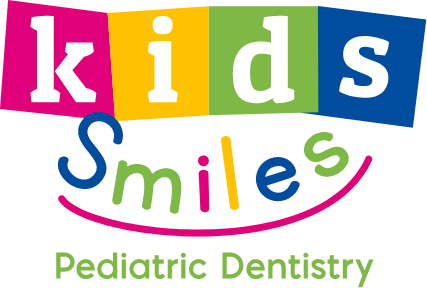Helping your child maintain their oral health is a top priority! One common villain in this ongoing battle is dental plaque. Plaque is like a stealthy intruder that’s always present, just waiting for an opportunity to wreak havoc in your child’s mouth.
Let’s explore what plaque is, why it’s a concern, and how you can keep your little one’s teeth healthy and clean.
What is plaque?
Plaque is the soft, sticky film that covers the teeth and eventually becomes tartar. It’s made up of bacteria and micro food particles that begin to release acids that wear down the enamel, the outer covering of the teeth. Around four hours after brushing your teeth, plaque starts to form.
Plaque thrives on the sugars and starches found in the food and drinks, like candy, cookies, soda, and starchy foods such as bread and crackers. When these sugars aren’t properly removed through brushing, they serve as a food source for the bacteria, leading to the production of harmful acids that can erode tooth enamel.When plaque is left on teeth, tartar forms. Tartar is a hard, crusty deposit that only a dental professional can remove.
Why is plaque bad?
Why is plaque such a concern? Here are some key reasons:
1. Tooth Decay: When plaque isn’t removed, it can lead to tooth decay (cavities).
2. Gum Issues: Plaque buildup can irritate the gums, causing inflammation and gingivitis. For children, this might lead to discomfort, reluctance to brush their teeth, and gum disease!
3. Bad Breath: The bacteria in plaque can release unpleasant odors, resulting in bad breath. As kids grow, self-esteem becomes crucial, and bad breath can be a confidence-killer. Bad breath also indicates that bacteria is abundant and wreaking havoc on their smile!
4. Long-term Health Effects: Over time, plaque buildup can lead to more serious issues, including: cavities, gum disease, tooth infection (abscessed teeth) and tooth loss. All of these conditions would require more extensive dental work!
How to prevent plaque buildup
- Visiting us for check-ups and cleanings twice a year.
- Brushing and flossing at least twice a day.
- Spending two minutes brushing and flossing each time.
1. Start Early: Begin oral care routines early. Even before the first tooth erupts, clean your baby’s gums with a soft, damp cloth. Once teeth come in, use a small, soft-bristled toothbrush to gently clean them.
2. Use the Right Toothpaste: Choose fluoride toothpaste once your child is old enough to spit it out (usually around age 2). Fluoride helps strengthen tooth enamel and prevent cavities.
3. Teach Proper Brushing Techniques: As your child grows, teach them how to brush their teeth correctly. Use a pea-sized amount of toothpaste and make sure they brush for at least two minutes.
4. Limit Sugary Snacks and Drinks: Reducing sugary snacks and beverages in your child’s diet can significantly decrease plaque buildup. Encourage water as the go-to drink, and save sugary treats for special occasions.
5. Regular Dental Checkups: Don’t miss your regular dental check-ups! Our experienced dentists will catch and treat plaque-related issues early and provide guidance on proper oral care.
6. Lead by Example: Children often learn by observing their parents. Brush and floss together to set a good example and make it a family routine!
Still have questions about plaque buildup?
Start early, be consistent, and prioritize your child’s dental health. Remember, a healthy smile is a lifelong gift, and it all begins with taking care of those tiny teeth!
By following these tips and staying vigilant, you can ensure that your child’s smile remains bright and healthy for years to come. Keep the plaque at bay, and help your child’s smile shine!


